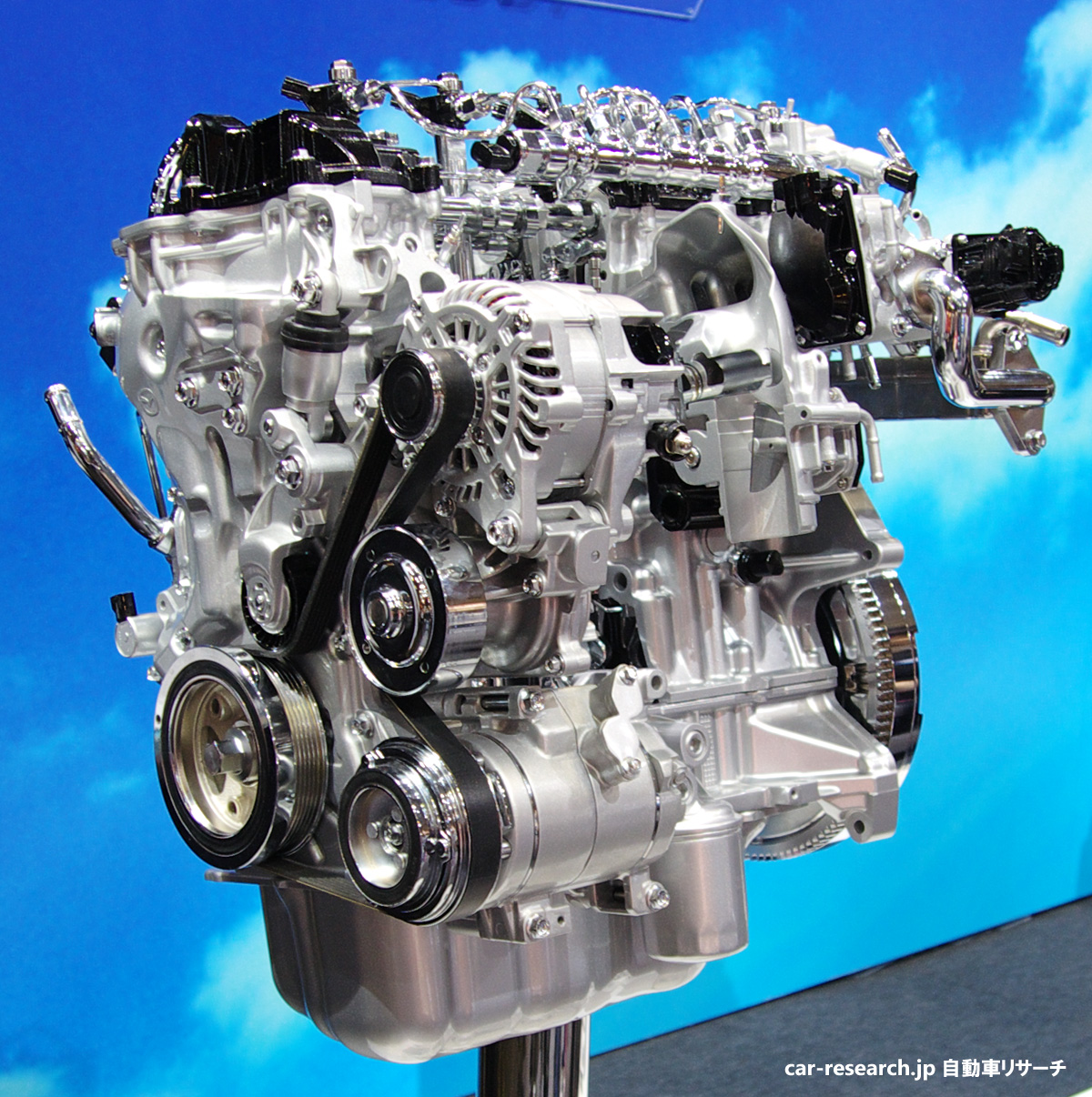Technology
The research team
of Tokyo University’s Institute of Industrial Science clarified the mechanism
that deteriorates the catalytic property of potassium carbonate used to purify
soot emitted from a diesel engine under the leadership of Associate Professor Masaru Ogura. Potassium carbonate can be used as a catalyst to purify soot
emitted from a diesel engine should it be combined with sodalite that is a kind
of zeolite, but it separates from sodalite and deteriorates its catalysis as the
period of service of a diesel engine grows longer. Measures to prevent the
deterioration have been strongly desired.
The research team
studied the deterioration mechanism and found that the depuration likely
deteriorates because the calcium ion of potassium carbonate combined with
sodalite changes to metallic potassium or evaporates as potassium oxide. Based
on the research findings, the research team plans to develop a material with
stronger ability to retain potassium ion. Emissions from a diesel engine
contain hydrocarbon, nitrogen oxide, and carbon monoxide in addition to soot.
While a platinum catalyst is effective for all of these substances, potassium
carbonate can purify only soot. However, should potassium carbonate can replace
platinum for the purification of soot, it will be possible to halve the
required amount of platinum to purify emissions from a diesel engine.

No comments:
Post a Comment